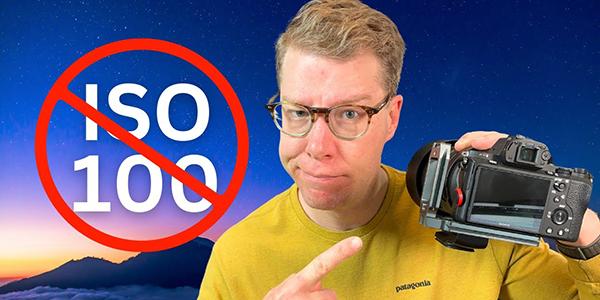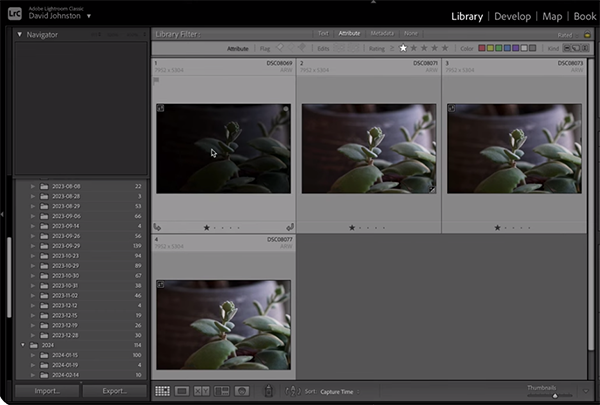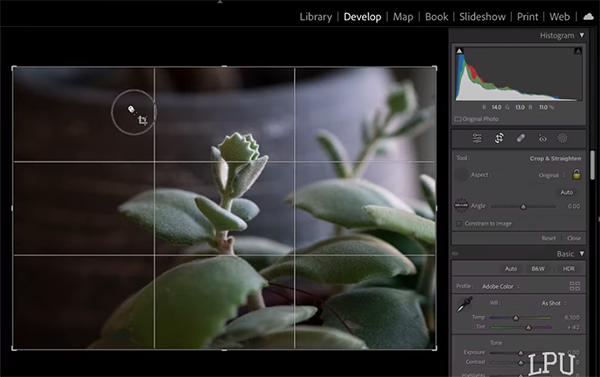The Truth & Fallacy of ISO 100 for Shooting Nature Photographs (VIDEO)

We can summarize the following tutorial in five words: "Don't believe everything you think"—at least as pertains to the "necessity" of using ISO 100 whenever possible when photographing nature and landscape scenes. Camera technology has changed dramatically since this became a common mantra, and one pro says it's time to reconsider the outdated rule.
The video below from the Landscape Photography University YouTube channel reveals "the ISO truth that landscape pros know" and why it just may be holding your photography back. Instructor David Johnston is a landscape photography expert who says, "My passion is to provide tips and tools to level up the success of your photography."
This episode kicks off with a blunt question: "Have you believed the lie that you have to shoot at ISO 100 for the best landscape photography?" He aims to reveal a new "truth" about this claim and how you can use it to dramatically boost your results. And he does so in less than six minutes.

Johnston provides a brief overview of the Exposure Triangle for the novices among you and discusses the interplay between ISO and the other two variables—namely, aperture and shutter speed—while dispelling a few myths. He says the ISO setting "is like a volume knob that you turn up on your sensor." The point of this analogy is that you can raise or lower ISO to create a brighter or dark photo if other variables remain unchanged.
But what about the notion that raising ISO increases image noise? According to Johnston, "the noise is already there, even in low ISO photos." In essence, "raising ISO just impacts the electronic sensitivity to noise that already exists in your photos." At this point you may be asking yourself, "why don't I just take photos at ISO 100 like everyone tells me to do and just raise exposure during post processing"?
Johnston has a few reasons why that approach can be counterproductive in certain situations. He illustrates his view with several photos captured at different ISO settings. You may be surprised at the image quality and noise characteristic of ISO 100 images as compared to those when he "cranked up the knob."

Other topics in this eye-opening video include the implications of ISO during the editing process and the interaction between ISO and shutter speed. He also discusses ISO and raising exposure, when and how to use Auto ISO, and how the ISO setting you choose affects the manner in which you crop photos.
We suggest keeping an open mind while listening to Johnston's remarks if you consider them controversial, because you may want to revise your thinking on this important topic. Then head over to his popular YouTube channel where you'll find more thought-proving tips and techniques.
We also suggest watching another tutorial we posted with an unassailable truth; namely the necessity of cleaning your camera's sensor and other important gear, with a safe way to get the job done.
















































